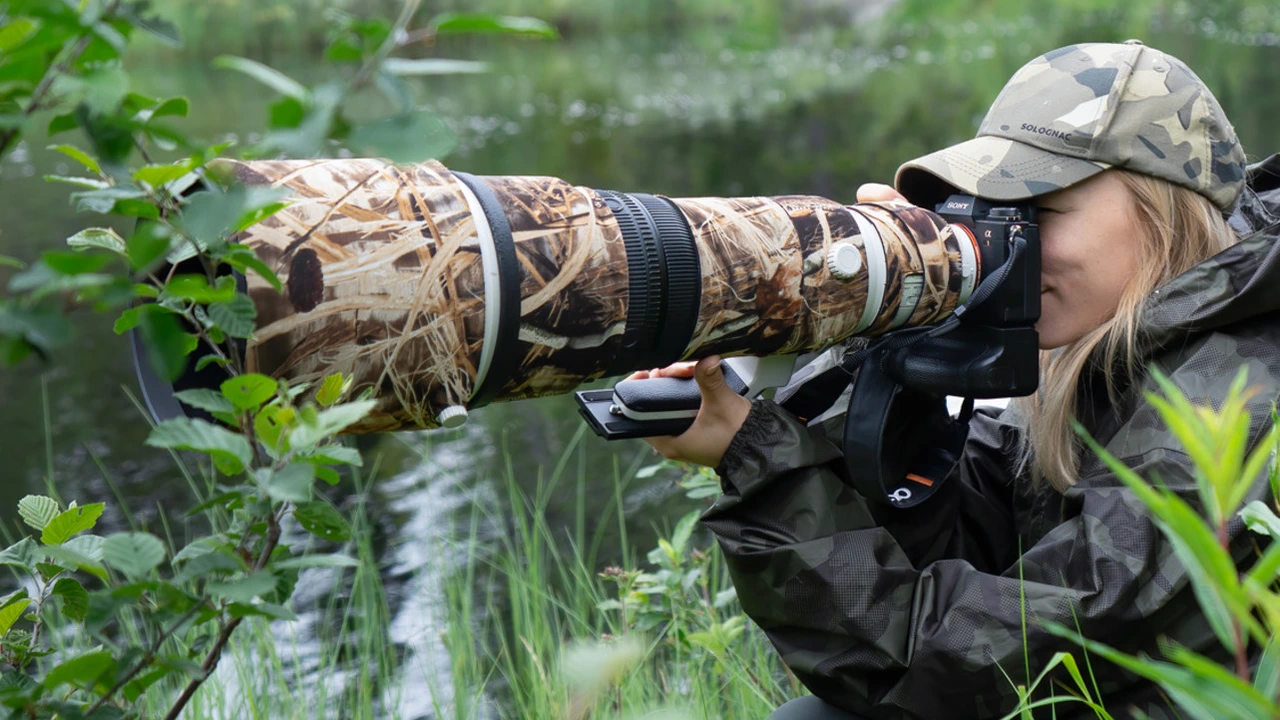Interview with Alexandra Surkova | An Accomplished Professional Wildlife Photographer

Interview with Vincent Joseph Durocher | Canadian Historical Architectural Photographer of 12 Years
December 20, 2024
2024 London Design Awards Reveals Designs of the Year & Outstanding Winners of Season 2
December 20, 2024Alexandra Surkova
Alexandra Surkova is a professional wildlife photographer based in Madrid. Her photography journey started when she was a journalist taking everyday life with her iPhone. She has showcased her photographs to many prominent channels and media outlets, including National Geographic, MOTHER, Sony, and WWF among others which broadened her reach internationally.
My name is Alexandra Surkova, and I’m a professional wildlife photographer based in Madrid. Just four years ago, I was taking photos of my everyday life with my iPhone, working as a journalist, and my only connection to the animal world was through my five dogs.
My photography journey is almost unbelievable. During the pandemic, one of my few Instagram followers—someone I only knew online—sent me a gift. But instead of a postcard, I received a Sony 200-600mm lens. When I opened the box, I was in shock. A stranger, who had noticed something in my street photos, decided to take a chance on me, even though photography wasn’t even a hobby for me at the time. He told me he believed I could create magic with that lens.
Fast-forward four years, and now I’m guiding photographers from all over the world, of all skill levels, to different parts of the globe to share with them what has become my life, my obsession, and my profession: wildlife photography.
A couple of years ago, I received an email from a follower who confessed that he was a hunter but was so moved by my photos that he bought a camera and started photographing animals instead. Eventually, he gave up his rifle for this new kind of “hunting”—photography.
It was the most touching message I’ve ever received, and it made me feel incredibly powerful. For the first time, I realised that photography has a deeper influence than we often give it credit for. It can truly change the way we see the world.
Honestly, I’m not someone who actively seeks out contests. I usually miss the deadlines if I find the one that interests me—haha. But with The European Photography Awards, I got lucky: someone sent me a link, and I decided to submit a photo to this prestigious competition. I uploaded just one, and I won!
I’m thrilled and incredibly grateful for the award. While I believe that professional photographers or any professionals shouldn’t focus solely on winning awards, I have to say it’s a tremendous honour to be recognised by such a prestigious institution, especially by peers in the field.
The photo I submitted is one I’m particularly proud of for a simple reason: I saw it in my mind before it came to life. This is almost unheard of in wildlife photography since animals aren’t models you can pose as you wish.
I took the photo in February during a safari in Tanzania. That day, I only had one camera with a 400mm lens. Suddenly, an elephant appeared so close that I knew I couldn’t frame it properly. So, I focused on a tree in its path and waited for the moment when its trunk would emerge from behind. Fortunately, the elephant walked right behind the tree, and I captured the exact shot I had imagined.
What makes the photo even more amusing is how the elephant’s trunk, with its colour and texture, looks like a natural extension of the tree.
Winning Entry
Peekaboo! | European Photography Awards
That day during a safari in Tanzania, I had only one camera with a 400mm lens. Suddenly, an elephant appeared so close that I realized there was no way to frame it properly. So, I focused... (read more here.)
Alexandra Surkova
Alexandra Surkova is a professional wildlife photographer based in Madrid. Her photography journey started when she was a journalist taking everyday life with her iPhone. She has showcased her photographs to many prominent channels and media outlets, including National Geographic, MOTHER, Sony, and WWF among others which broadened her reach internationally.
Read about the interview with Vincent Joseph Durocher | Canadian Historical Architectural Photographer of 12 Years here.


